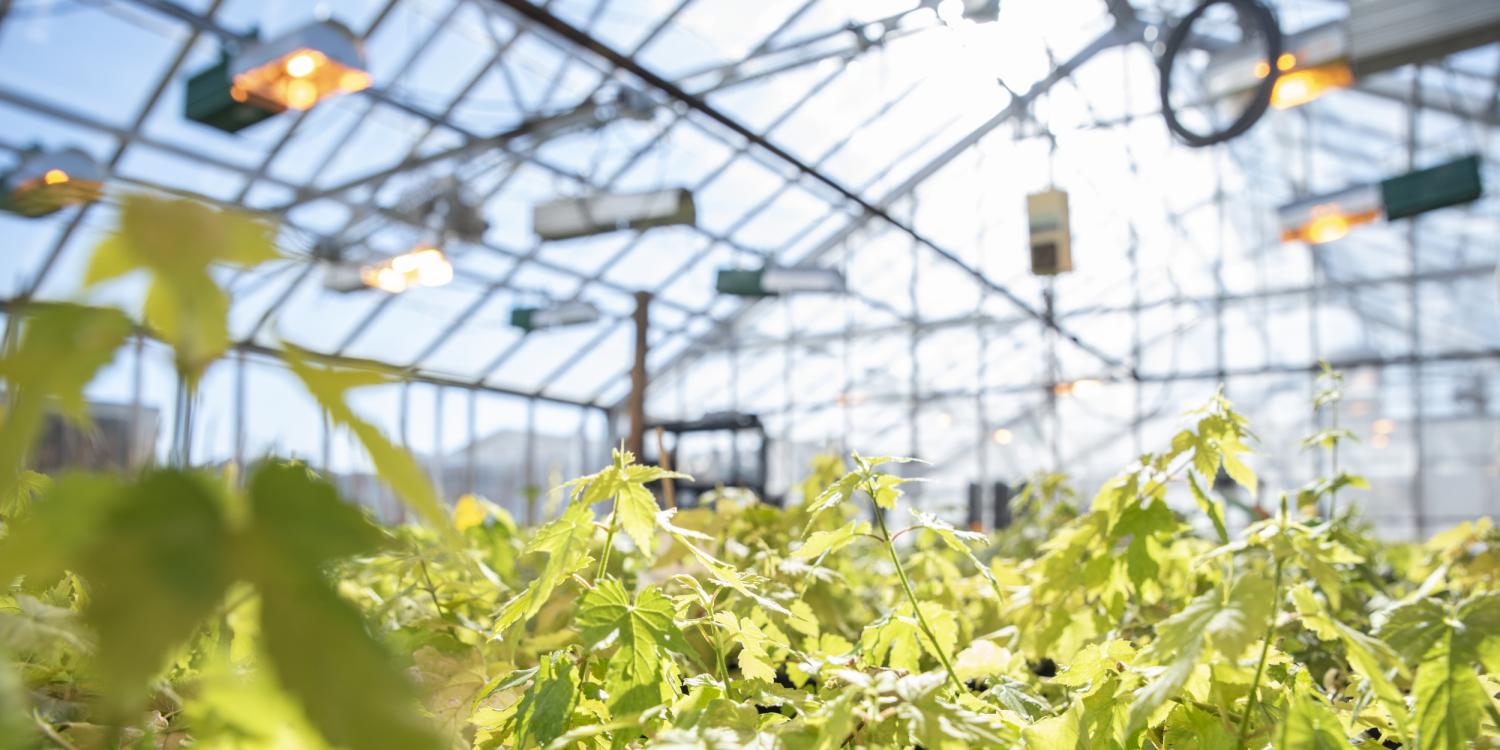
New research funded by a $638,000 USDA grant aims to help Oregon hemp and hop growers more reliably predict consistent flavor and smell of Cannabacea plant-based products. These plant-derived high-value chemicals and ingredients in foods, pharmaceuticals and other natural products are seeing increased demand, but the high variability in aroma can make it difficult for breeders who desire consistent flavor and smell in their products.
In monoculture plant families, such as tulips, flower varieties may have differences in size and color, but all their scents are similar. This is not the case for the Cannabacea family. Each type of hemp and hop have drastic distinctions in smell and taste. According to David Hendrix, an OSU computational biologist, “There’s some evidence that these plants have some of the most diverse range of aromas.” Hendrix has studied hop genomes for over ten years and is helping lead the project.
The primary focus of this research is on members of the Cannabacea family - hemp and hops – due to the fact that Oregon is considered prime geographic location for Cannabacea growing conditions and agricultural diversity. The state now stands as one of the largest hemp and hop producers in the United States, so a better understanding of these plants is expected to greatly assist Oregon businesses in efficiently supplying the country.
Hendrix and his associate leader, hemp genomics professor Kelly Vining, will use their research to delve into the connection in genomes across 50 hemp and hop varieties using an analytical method called gas chromatography–mass spectrometry (GCMS). This technique will help them to identify significant differences and similarities in the plants at a molecular level.
“There is still so much left to learn about hemp,” said Vining, who has been working with a team on hemp DNA since 2019. “This grant will give us an opportunity to explore more of the unknown aspects of it along with hops.” Hemp was only recently decriminalized, so it is behind in terms of research compared to its family members. Studying Cannabacea crops at this level will help the industry further tailor its food and medical products for its customers, creating better profitability and satisfying consumer needs.